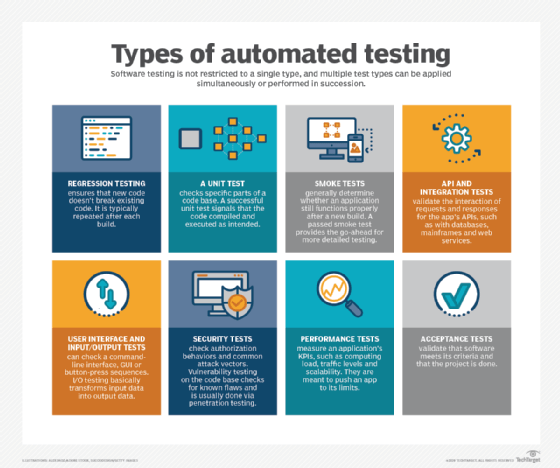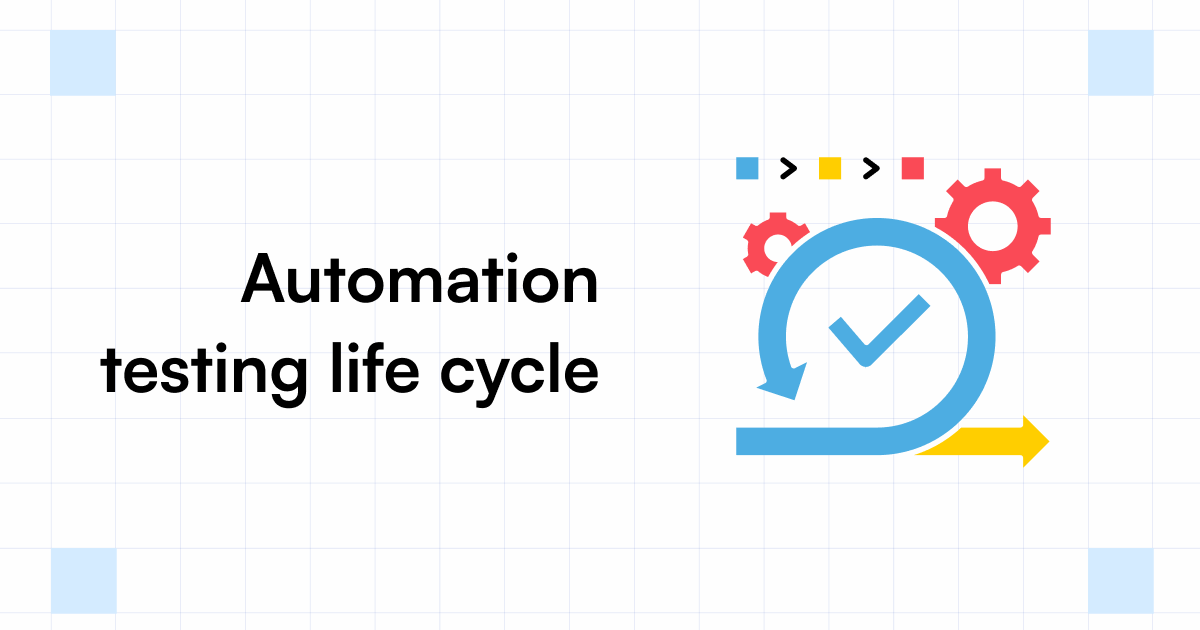Exactly How Automation Testing Reinvents Quality Control Processes
Exactly How Automation Testing Reinvents Quality Control Processes
Blog Article
From Handbook to Automated Testing: A Comprehensive Overview to Transitioning Efficiently and Effectively
In the world of software program screening, the shift from handbook to automated processes has become a significantly crucial shift for organizations seeking to enhance efficiency and accuracy in their screening practices. As modern technology remains to advance, the need for smooth and effective computerized testing methods has actually never been a lot more pressing. The journey from handbook to automated testing is not without its challenges, yet when come close to tactically and with a clear plan in mind, the advantages can be significant - automation testing. In this comprehensive overview, we will certainly discover key steps and considerations important for a successful transition, from the first option of tools to the combination of automation right into existing operations. Stay tuned to discover the understandings that will assist lead the way for a smoother and extra efficient screening process.
Advantages of Automated Evaluating
Automated testing offers many advantages, boosting effectiveness and precision in software program growth procedures. One primary advantage is the significant reduction in screening time. Automated tests can be run concurrently on numerous devices and operating systems, considerably quickening the screening phase compared to manual screening. This increased performance permits faster comments on the top quality of the software, enabling developers to recognize and deal with issues without delay.
Moreover, automated screening makes sure a higher degree of accuracy in detecting flaws. Uniformity in screening is additionally enhanced, as automated examinations execute the exact same steps specifically each time they are run.
Picking the Right Devices

Firstly, assess your goals and requirements. Understand the scope of your task, the modern technologies entailed, and the capability of your group. This analysis will help you determine the capacities and functions you require in your testing devices.
Second of all, consider the compatibility of the tools with your existing systems and procedures. Seamless integration with your existing software application advancement lifecycle is necessary to ensure a smooth change to automation.
Furthermore, assess the scalability and adaptability of the devices. As your testing requires develop, the tools need to be able to adapt and fit changes properly.
Last but not least, element in the assistance and neighborhood around the tools. Durable support and an energetic individual community can give useful resources and help when executing automated testing. By meticulously taking into consideration these elements, you can choose the right tools that straighten with your demands and set the phase for a successful change to automated screening.
Writing Efficient Test Manuscripts

When crafting examination manuscripts, it is important to think about the specific requirements of the software program being evaluated and make certain that the scripts resolve why not try these out all vital functionalities. Descriptive and clear calling conventions for test manuscripts and test situations can enhance readability and maintainability. Furthermore, incorporating mistake handling devices within the test manuscripts can help in determining and addressing issues without delay.
Moreover, organizing examination scripts right into modular parts can improve reusability and scalability, lowering redundancy and boosting efficiency in test script maintenance. Routine evaluations and updates to check manuscripts are essential to equal advancing software application requirements and functionalities. By following these concepts, testers can develop reliable and robust test scripts that contribute considerably to the success of automated testing procedures.
Integrating Automation Into Workflows
Efficient assimilation of automation devices into existing operations enhances and enhances procedures productivity within software application development cycles. When including automation right into operations, it is critical to recognize repeated tasks that can be automated to save time and reduce human error. By seamlessly incorporating automated screening tools like Selenium or Appium into the software application development lifecycle, teams can accomplish faster comments on code changes, causing quicker bug discovery and resolution. This assimilation permits continuous screening throughout the development procedure, ensuring that any kind of problems are recognized beforehand, causing greater software program quality. Additionally, automation can be made use of to trigger tests automatically after each code devote, supplying instant validation and liberating testers to concentrate on more facility situations. Proper assimilation of automation tools requires cooperation between growth, screening, and operations groups to establish a unified operations that enhances efficiency and performance in delivering top quality software.
Making Certain a Smooth Shift
Efficiently transitioning to automated testing entails precise preparation and careful execution to maximize and lessen disturbances efficiency in the software program development process - automation testing. To make sure a smooth transition, it is necessary to start by carrying out a thorough assessment of the present testing procedures and recognizing areas where automation can bring the most significant benefits. Involving with all stakeholders early in the process, including designers, testers, and job supervisors, is crucial for gathering assistance and buy-in for the automation initiative
Communication is key during this transition stage. Clear interaction of the objectives, advantages, and expectations of automated testing helps to take care of any kind of resistance or worries that might develop. Furthermore, offering sufficient training and read the full info here resources for employee to upskill in automation devices and methods is crucial for guaranteeing a successful transition.

Verdict
To conclude, transitioning from manual to automated testing uses countless advantages, consisting of increased efficiency and reliability. By selecting the suitable tools, composing efficient test scripts, and integrating automation effortlessly right into process, organizations can make sure a smooth and effective shift. It is important to welcome automation as a beneficial property in software program screening procedures to enhance overall top quality and productivity.
In the world of software program screening, the shift from manual to automated procedures has become an increasingly vital change for companies seeking to enhance performance and precision in their testing practices. Automated examinations can be run concurrently on several devices and running systems, substantially speeding up the screening phase contrasted to hand-operated testing. Consistency in screening is also boosted, as automated examinations perform the same actions exactly each time they are run.To ensure the effective application of selected screening tools, the creation of reliable more information examination scripts plays a critical function in verifying the capability and efficiency of automated processes - automation testing. By complying with these concepts, testers can create durable and effective test scripts that add significantly to the success of automated testing procedures
Report this page